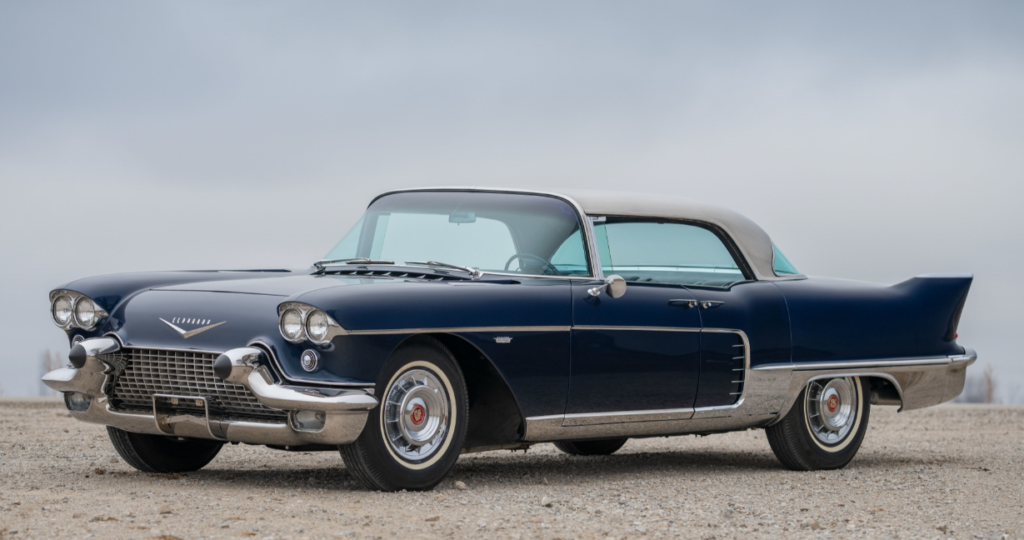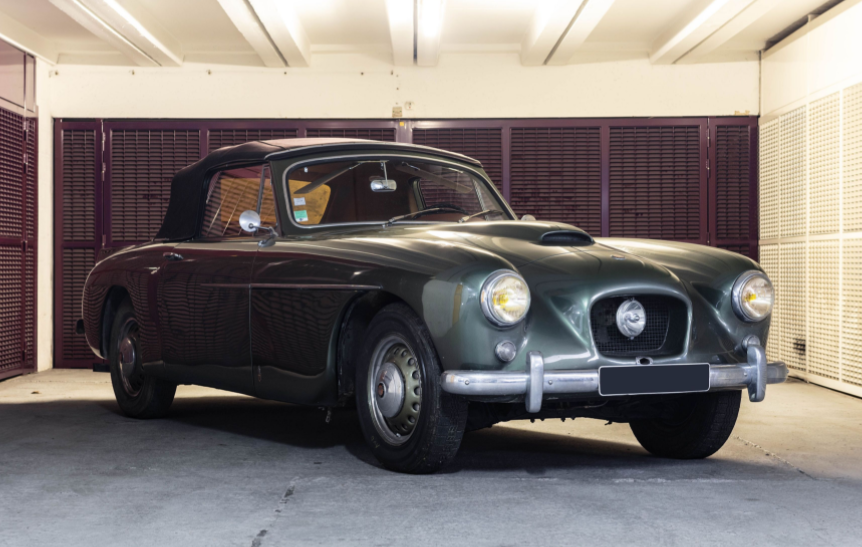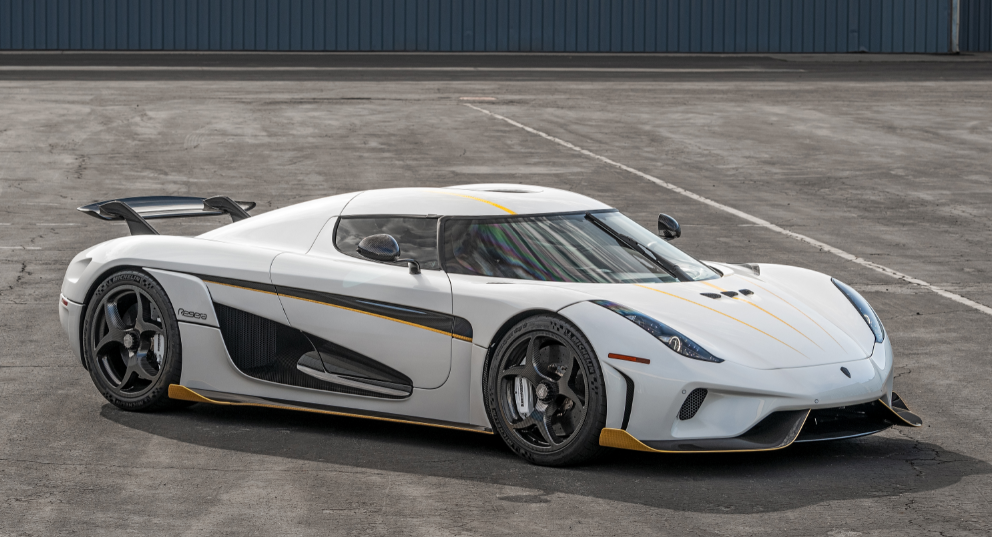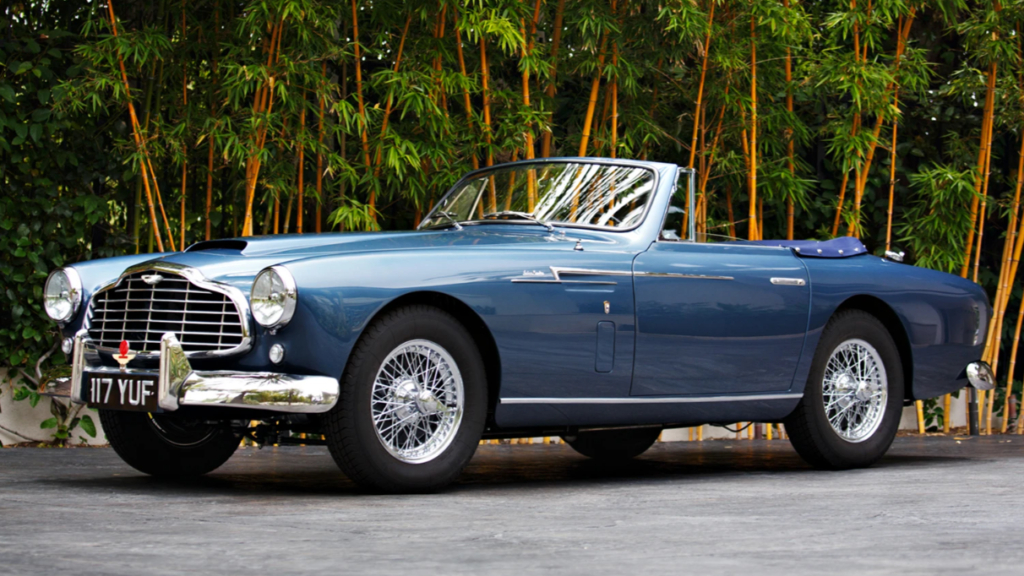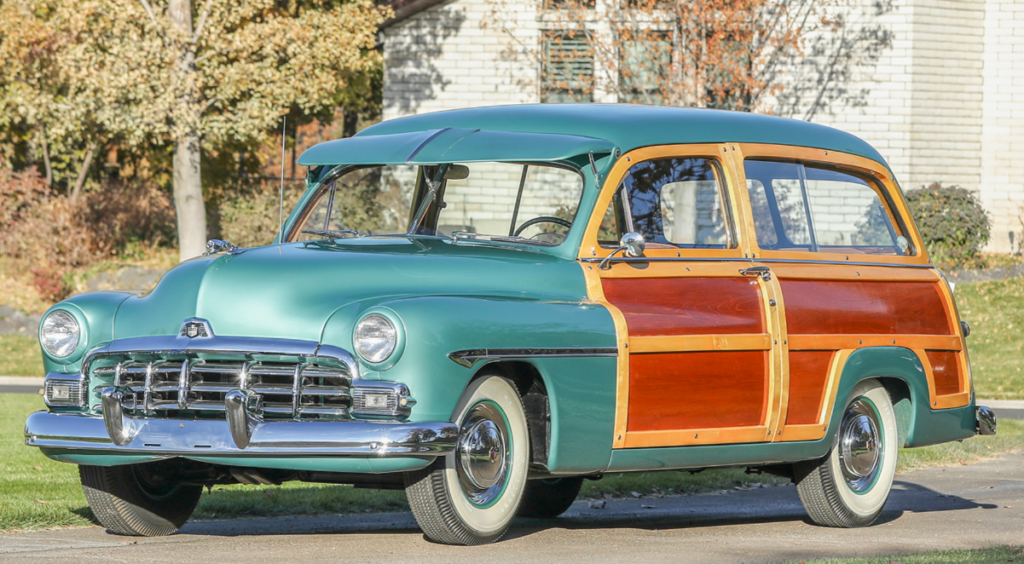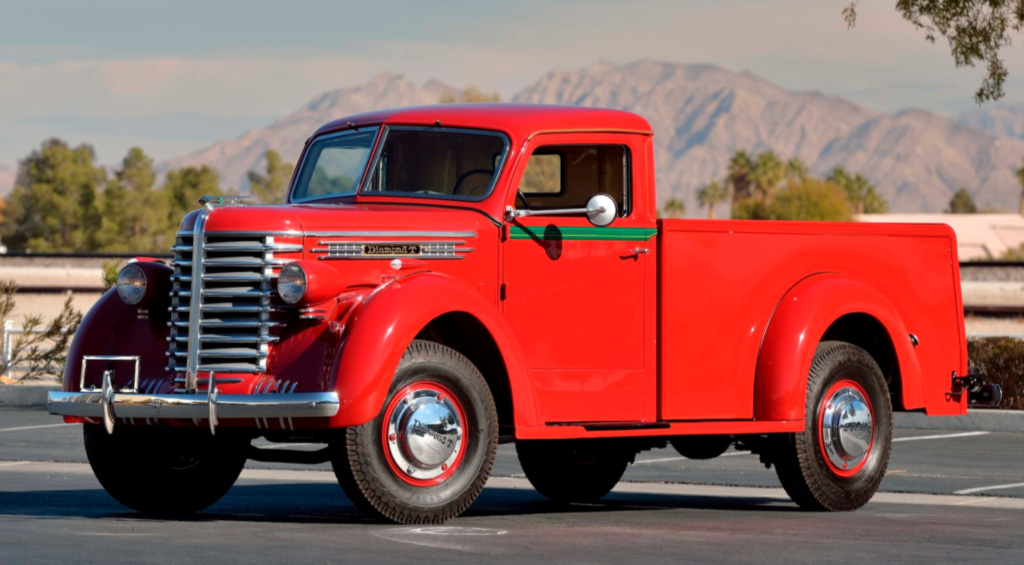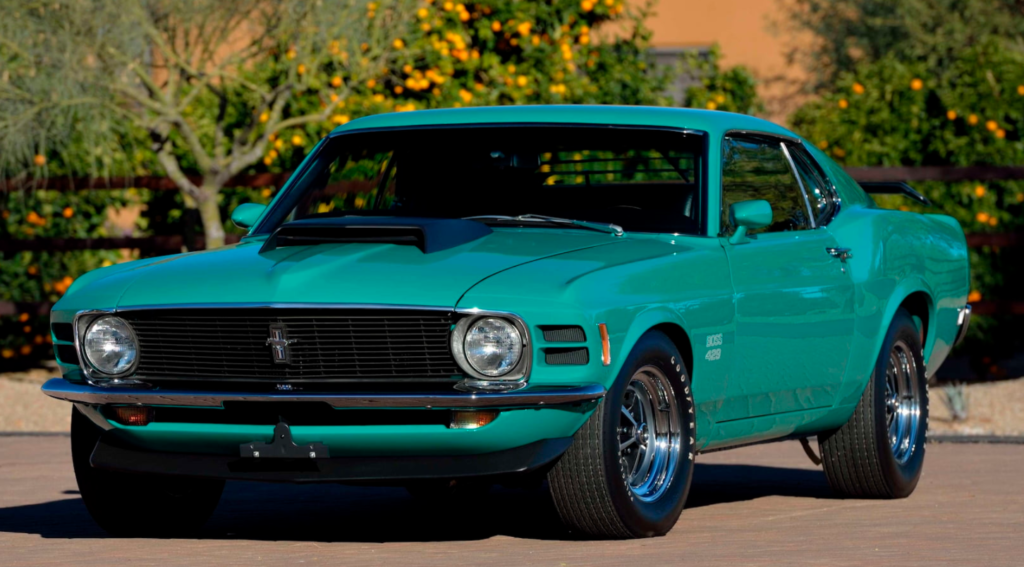1972 Matra-Simca MS670
Offered by Artcurial | Paris, France | February 5, 2021

Matra, the French car company, had been giving prototype racing a go since the mid-1960s. They struck gold in the early 1970s with the MS670, which would win at Le Mans in 1972, and again in ’73 and ’74 in MS670B/C forms respectively. It was a monster. And this chassis is the actual 1972 Le Mans winner.
This was the first MS670 produced, and it was one of four cars entered at the 1972 24 Hours of Le Mans. It’s powered by a 416-horsepower, 3.0-liter V12. It was driven to victory by Henri Pescarolo and Graham Hill.
The car has been the property of Matra since new, residing in their museum since 1976. It has been restored, and there was some kind of court judgment about the car in 2020 that is forcing it to be sold, which is kind of a shame. But perhaps someone with the $5,000,000-$9,200,000 it’s going to take to buy it will also have the resources to demonstrate it. You can read more about it here and see more from this sale here.
Update: Sold $6,907,200.

